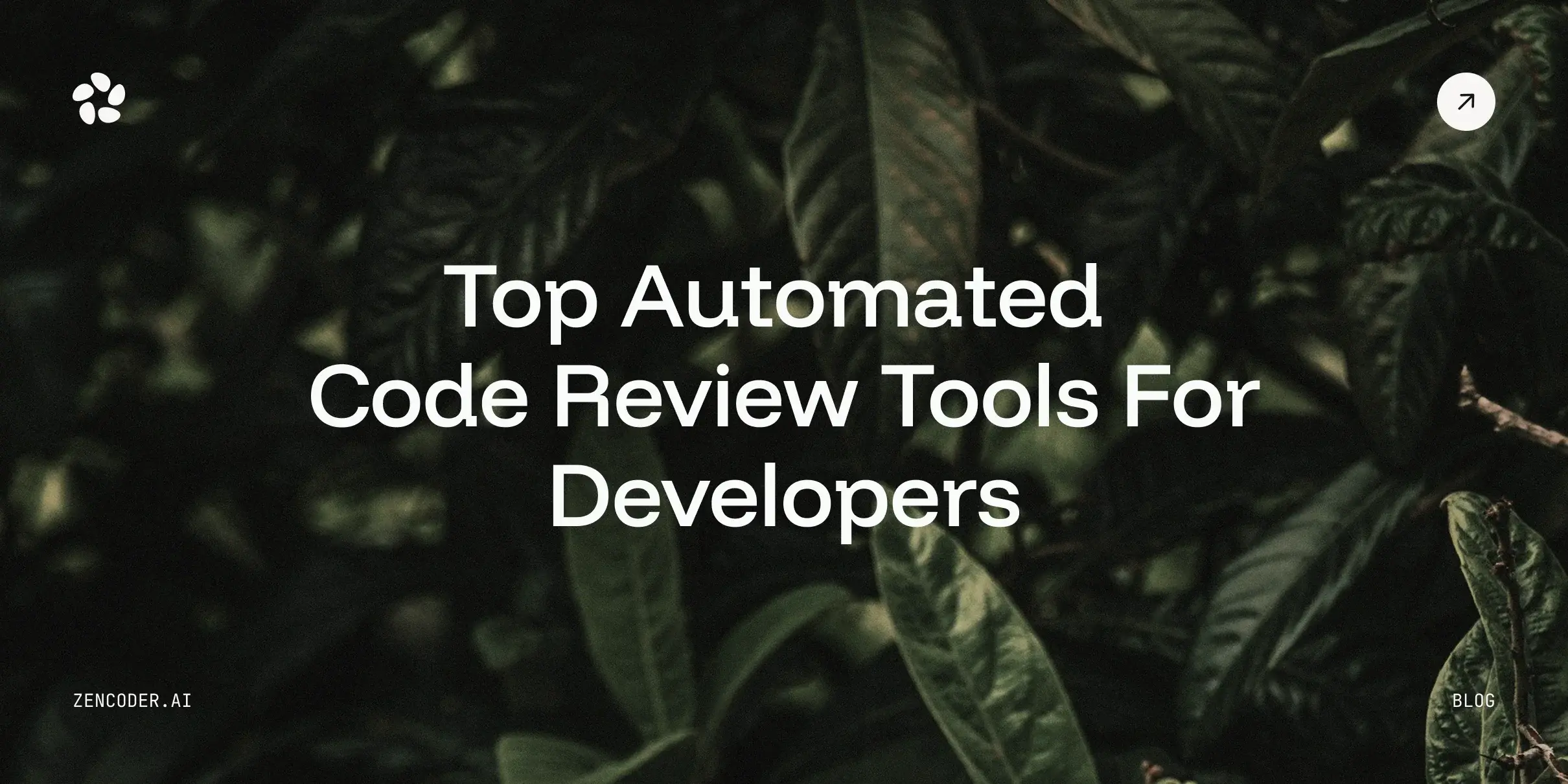Introduction
Let's talk about unit testing. If you're in the software development world, you know it's a big deal. But for those who might be new to the concept, let me break it down for you. Unit testing is like giving your code a health check-up. It's a way to make sure that each small part of your program works correctly on its own before you put all the pieces together.
Now, there's been a lot of buzz lately about how we write these unit tests. On one side, we have the traditional manual method, where developers roll up their sleeves and write tests by hand. On the other side, we have this new kid on the block: AI-assisted unit test writing.
So, which one's better? That's the million-dollar question we're going to explore in this article. We'll look at both manual unit test writing and AI-assisted methods, compare them, and see how they stack up against each other. By the end, you'll have a clear picture of the pros and cons of each approach, and you'll be better equipped to decide which method might work best for your projects.
Manual Unit Test Writing
Let's start with the classic approach: manual unit test writing. This is the method most developers are familiar with, and it's been around since the dawn of software testing.
The Process
When writing unit tests manually, a developer typically follows these steps:
- Understand the code: The developer needs to thoroughly understand the piece of code they're testing.
- Identify test cases: They think about different scenarios the code should handle, including normal cases, edge cases, and potential error conditions.
- Write test code: Using a testing framework (like JUnit for Java or pytest for Python), the developer writes code to test each scenario.
- Run the tests: The developer runs the tests to see if they pass or fail.
- Debug and refine: If tests fail, the developer debugs the main code or the test code and refines as necessary.
Benefits of Manual Methods
Manual unit test writing has several advantages:
- Deep understanding: Writing tests manually forces developers to really understand their code.
- Customization: Developers can tailor tests to the specific needs of their project.
- Quality control: Human insight can catch subtle issues that automated systems might miss.
- Learning opportunity: For junior developers, writing unit tests manually is an excellent way to learn about good coding practices and potential pitfalls.
Challenges and Limitations
However, manual unit test writing isn't without its drawbacks:
- Time-consuming: Writing comprehensive tests for complex functions can take a lot of time.
- Human error: We're all human, and we make mistakes. A developer might forget to test an important scenario or make errors in the test code itself.
- Maintenance burden: As the main code evolves, manually written tests need to be updated.
- Inconsistency: Different developers might have different approaches to writing tests, leading to inconsistencies in test coverage and style across a project.
AI-Assisted Unit Test Writing
Now, let's shift gears and talk about the new player in the game: AI-assisted unit test writing. This approach uses artificial intelligence to help generate unit tests, and it's been gaining traction in recent years.
Explanation of AI Techniques
AI-assisted unit test writing typically uses machine learning algorithms trained on vast amounts of code and corresponding unit tests. These algorithms learn patterns and best practices in unit testing and can apply this knowledge to new code.
Some common techniques include:
- Natural Language Processing (NLP): This helps the AI understand the purpose of the code by analyzing comments and variable names.
- Code Analysis: The AI examines the structure and logic of the code to determine what needs to be tested.
- Pattern Recognition: The AI identifies common coding patterns and applies appropriate testing strategies.
How AI Generates Unit Tests
When you use an AI tool for unit test generation, the process typically looks like this:
- Code Input: You provide the AI with the code you want to test.
- Analysis: The AI analyzes the code, looking at its structure, inputs, outputs, and potential edge cases.
- Test Generation: Based on its analysis, the AI generates a set of unit tests designed to cover various scenarios.
- Output: The AI provides you with the generated tests, often in a format compatible with popular testing frameworks.
- Review and Refinement: You review the generated tests, make any necessary adjustments, and integrate them into your testing suite.
Benefits of Using AI for Unit Test Generation
AI-assisted unit test writing comes with several advantages:
- Speed: AI can generate a large number of tests much faster than a human can write them.
- Consistency: AI applies the same level of thoroughness to every piece of code, ensuring consistent test coverage across your project.
- Comprehensive coverage: AI can identify and test edge cases that humans might overlook.
- Learning and improvement: AI systems can learn from feedback and improve their test generation efficiency over time.
Comparing AI vs. Manual Testing Methods
Now that we've looked at both approaches, let's put them side by side and see how they compare in different aspects of unit test writing.
Test Creation Speed
Manual: Writing tests manually can be time-consuming, especially for complex functions.
AI: AI can generate a suite of tests in seconds or minutes, depending on the complexity of the code. This includes creating basic tests similar to smoke testing, which ensures that the main functionalities are working properly before moving on to more detailed testing.
Winner: AI takes the lead here, offering significant time savings in test creation.
Test Coverage
Manual: Experienced developers can create thorough tests, but they might miss some edge cases, especially in complex code.
AI: AI excels at identifying a wide range of test scenarios, including edge cases that humans might overlook.
Winner: AI generally provides more comprehensive coverage, though a skilled human tester can match or exceed AI in some cases.
Code Understanding
Manual: Writing tests manually requires a deep understanding of the code, which can lead to improved code quality overall.
AI: While AI can analyze code structure, it may miss nuances or project-specific requirements that a human would understand.
Winner: Manual testing has the edge here, as it promotes deeper code understanding among developers.
Customization and Context
Manual: Human testers can tailor tests to specific project needs and business logic.
AI: While improving, AI may struggle with highly specialized or context-specific testing requirements.
Winner: Manual testing wins in this category, offering superior customization for unique project needs.
Maintenance
Manual: Updating manually written tests as code changes can be time-consuming and prone to oversights.
AI: AI can quickly regenerate tests when code changes, though this may sometimes result in unnecessary changes to working tests.
Winner: It's a tie. Both methods have pros and cons in terms of maintenance.
Error Detection
Manual: Human testers might introduce errors in test code, but they're also good at catching subtle logical errors in the main code.
AI: AI is less likely to introduce errors in test code, but it might miss logical errors that don't manifest in typical test scenarios.
Winner: Another tie. Both methods have strengths and weaknesses in error detection.
Benefits of AI in Unit Testing
While both manual and AI-assisted methods have their place, AI brings some unique benefits to the table:
Faster Test Creation
One of the most significant advantages of AI in unit testing is speed. AI can generate a comprehensive suite of unit tests in a fraction of the time it would take a human developer. This rapid test generation can significantly speed up the development process, allowing teams to implement more thorough testing without slowing down their release cycles.
For example, consider a complex class with multiple methods and dependencies. A developer might spend several hours writing thorough unit tests for this class. An AI system, on the other hand, could generate a similar set of tests in minutes. This time saving can be a game-changer, especially for large projects with tight deadlines.
Enhanced Test Coverage
AI excels at identifying a wide range of test scenarios, including edge cases that human developers might overlook. By analyzing the code structure and potential inputs, AI can generate tests that cover various possible execution paths.
For instance, let's say you have a function that processes user input. A human tester might write tests for typical inputs and a few edge cases they can think of. An AI system, however, might generate tests for a much broader range of inputs, including unusual character combinations, extremely long inputs, or inputs in different languages. This comprehensive coverage can help catch bugs that might otherwise slip through to production.
Reduced Human Error
While human developers bring valuable insights to the testing process, they can also introduce errors. Fatigue, oversight, or simple mistakes can lead to flaws in manually written tests. AI-generated tests, while not perfect, are less prone to these types of human errors.
For example, a tired developer might accidentally use the wrong assertion in a test, checking for equality instead of inequality. An AI system is less likely to make this kind of mistake, maintaining consistency across all generated tests.
Continuous Testing Integration
AI-assisted unit test writing can be easily integrated into continuous integration/continuous deployment (CI/CD) pipelines. This integration allows for constant updating and running of tests as code changes, ensuring that new changes don't break existing functionality.
Imagine a scenario where a developer pushes a code change at 2 AM. An AI system integrated into the CI/CD pipeline could automatically generate updated tests for the changed code, run those tests, and alert the team if any issues are found. This level of continuous testing would be challenging to maintain with purely manual methods.
Conclusion
AI vs. manual testing; who wins? Both manual and AI-assisted unit test writing have their strengths and weaknesses. Manual testing offers deep code understanding and customization, while AI brings speed, consistency, and comprehensive coverage to the table. Test generation efficiency is achieved through joint effort.
The choice between AI and manual methods isn't necessarily an either/or decision. Many development teams are finding success with a hybrid approach, using AI to generate a base set of tests quickly, and then manually refining and supplementing these tests as needed.
As AI technology continues to advance, we can expect AI-assisted unit test writing to become even more sophisticated and useful. However, the insights and creativity of human developers will always play a crucial role in ensuring the quality and reliability of software.
Ultimately, the best approach to unit testing will depend on your specific project needs, team skills, and resources. By understanding the strengths and limitations of both AI and manual methods, you can make informed decisions about how to implement unit testing in your development process.
Whether you choose manual methods, AI assistance, or a combination of both, the most important thing is to prioritize unit testing in your development workflow. After all, thorough testing is key to producing high-quality, reliable software that your users can depend on.


![9 Stackblitz Alternatives to Consider [2026 Comparison List]](https://zencoder.ai/hubfs/Cover-Dec-16-2025-01-04-58-6323-PM.webp)

